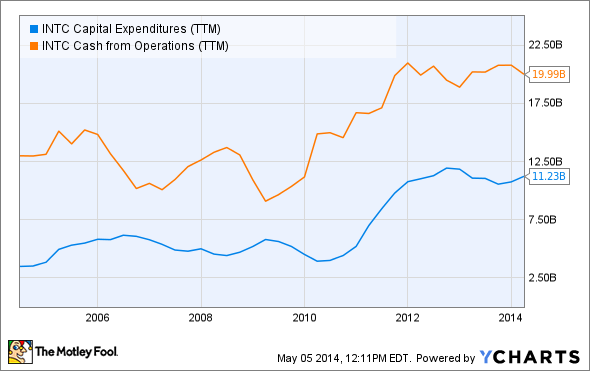Investing in LEAP Options Investment U
Post on: 10 Июль, 2015 No Comment

by Karim Rahemtulla Tuesday, September 1, 2009
Tuesday, September 1, 2009: Issue #1081
Investing in options means speculating, right? A hit-and-miss approach to the market?
Sadly, that’s what some options naysayers would like you to believe — and if you do, let me set the record straight.
Investing in anything carries a certain amount of speculation — be it stocks, options, coins, fine art, or any number of other things.
Over the past decade, for example, we’ve seen that even investing in some so-called safe blue-chip stocks has proved to be a speculative bet. In fact, it’s carried greater financial risk than investing in LEAP options could ever pose. Over the past year alone, if you had a portfolio of LEAP options in lieu of a stock portfolio, you’d have come out way ahead of the game.
The thing is, though, some experts scoff at the fact that owning options can actually mitigate risk. They tend to focus on the speculative aspect, volatility, risk and the perceived complexity.
They’re wrong. Listen up and I’ll show you exactly what the rest of Wall Street fails to understand — and doesn’t want you to know.
Tune Out the Skeptics. The Benefits of LEAP Options
In recent columns, I’ve highlighted the benefits of using LEAP options — long-term options that not only allow you to capture the movement of the underlying stock, but do so within a period of up to three years. Plus, you don’t even have to own or short the shares directly.
At this point, most simpletons point out the speculative aspect. But I’d argue that the only reason why LEAPS fall into this category is because they will expire one day. However, expiration isn’t really an issue if you don’t hold them that long, or actually make money on the investment!
In truth, LEAPS fit well with a conservative investment style because it’s another tool to mitigate risk in a portfolio. Here’s how it works:
Bottom Line: You’re willing to risk losing $5,500 in hopes of making $13,000 ($35 target minus the $22 current price = $13), or 60%.
LEAPS: Lower Cost. Lower Risk
Now let’s see how the above compares to using a LEAP option strategy.
Remember, our target time period is January 2011. Pull up the options chain for that expiration month and you’ll see that the DOW $22.50 LEAP call option (VDO-AX) is currently trading for $3.60. This is known as the strike price — the price at which you have the right to buy the shares at options expiration (of course, you could sell the option before that date).
To control the same number of shares as our stock position (1,000), you’d therefore have to buy 10 option contracts (since one contract is comprised of 100 shares). So your outlay would be $3,600 ($3.60 multiplied by 100 = $3,600).
That means you’ve got a pretty compelling twin benefit.

Now for the profit potential.
Stocks vs. LEAPS
By going using LEAPS. your cost to control the DOW shares is $26.10.
We arrive at that number by simply adding the option premium ($3.60) to the strike price ($22.50).
Using the $35 target price, you can see that the potential profit is $8.20 per contract ($35 strike price minus the $26.10 cost). So for the 10 contracts (1,000 shares), that works out to $8,200 — a 190% return on your money ($8.20 divided by $4.30).
So let’s recap.
That’s not only mitigating your risk, but also boosting your profit potential. Perfect for any market — but particularly the current one.














